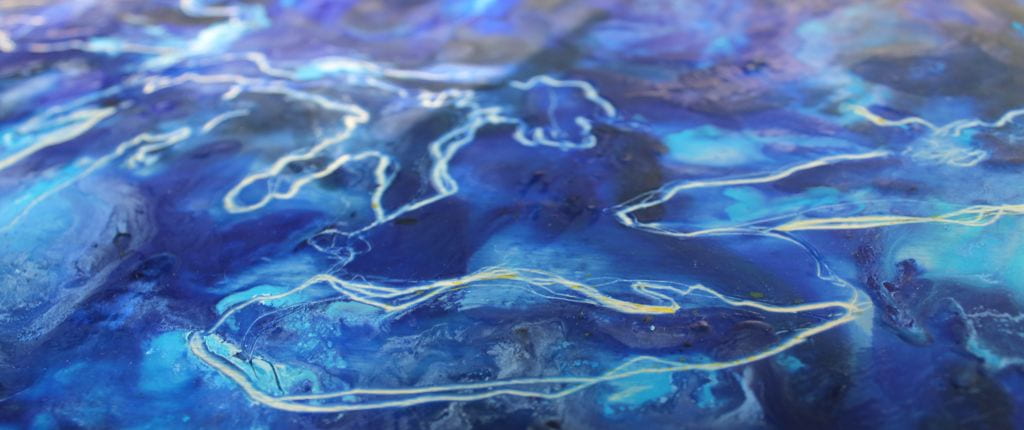Thoughts On Scale by Liane Miedema Brown
We are changing the climate.
From increasing greenhouse gas emissions, huge shifts in forest cover across the globe, to the acidification of ocean waters and erratic violent storms, the links to our actions on the planet are clear. But these effects are not only at a global scale. Urban heat islands where the pavement and lack of pervious green surfaces cause extreme differences in daily heat, water retention and changes in wind patterns shaped by the large buildings of cityscapes, these are the results of our societal development. The growing research on man-made microclimates clearly shows that human development can create areas where the climate is significantly different from the area around it. We can create microclimates.
Despite the factors that shape the weather patterns and thus the climate of its surroundings, a microclimate emerges as an exception. There is some feature or a collection of characteristics that make this area fundamentally different from its surroundings. It is unique. And in its uniqueness, it offers us the chance to understand something about the world and how it works.
Microclimate is the scale of environmental factors (such as temperature, wind breaks, water systems etc.) that organisms experience on an individual or community level. The local hills or fields, traffic patterns, the rivers and buildings, what kind of trees are in the forest and what animals live there, this is microclimate. These factors shape our individual experience far more than the climate of our latitude or country. And because of the scale and the wonderfully dynamic nature of our environments, just as the microclimate might shape the organisms that live in it, so those organisms also shape the microclimate, with changes in one bringing about changes in the other (Jones, 1993). We can change our microclimate. Just as plant communities and the other organisms that make up an area influence their surroundings even as they are shaped by them, we can also shape our microclimate.
This means that the fact that we can change the climate also means that we can change it for the better.
Jones, M. B. (1993). Plant microclimate. In Photosynthesis and production in a changing environment (pp. 47-64). Springer, Dordrecht.
Banner photo credit: Liane Miedema Brown, Untitled, 2016.



